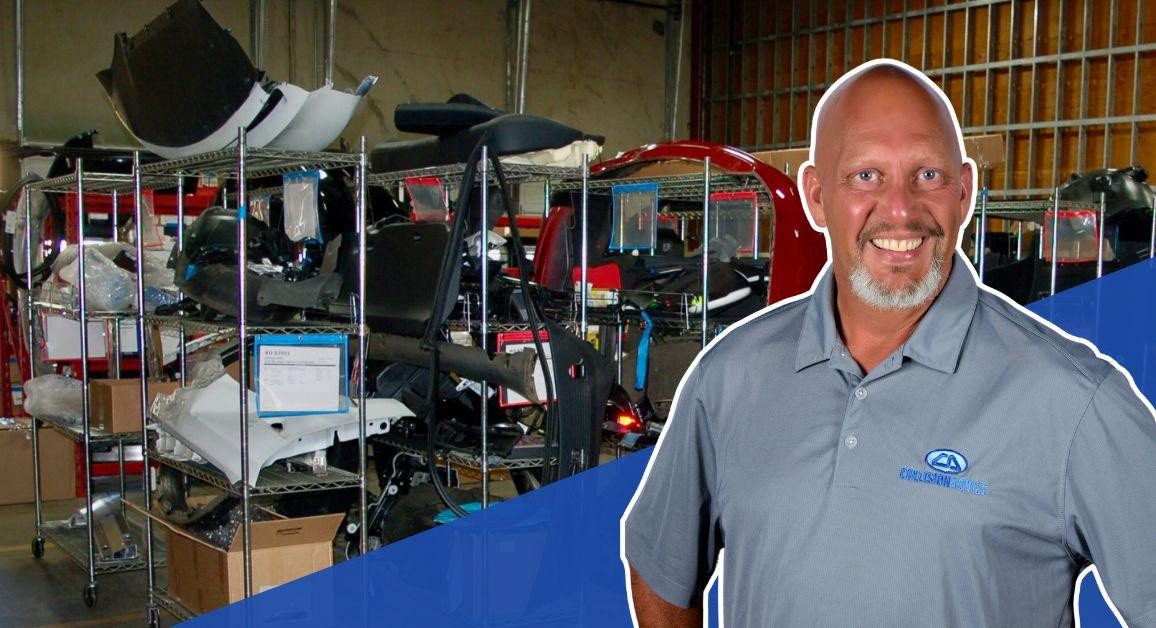As I mentioned in a previous column, I’ve conducted more than a dozen meetings bringing together collision repairers with regional wholesale parts managers and other OEM representatives for an automaker. The key goal of this effort, for me, is to help both sides of the parts purchase transaction a better understand each other’s perspective, and to share information with one another that would give all of the participants a clearer understanding of how the parts processes work between the various stakeholders.
Over a number of columns, I’m trying to share the things I saw and heard at those meetings that clearly surprised some of the participants or opened their eyes to seeing something in a way they hadn’t previously. In particular, I realized the voice of the wholesale parts distributor is often missing in industry discussions, so that’s something I’m working to add to the mix.
Since my first column on this was published, I’ve received a lot of calls and emails from wholesale parts vendors providing me some additional insights.
But this column focuses on collision repairers, and what they said loud and clear about what they are looking for in a best-in-class OEM wholesale parts vendor. Some readers might be surprised -- as some of the participants at these meetings were -- that while things like “price” and “discount” might be on shops’ list of what they’re looking for, it’s not necessarily at the top of the list.
For example, I posed this scenario to shop representatives attending the meetings, making sure they knew I wanted them to answer truthfully, not just what they thought I wanted hear. Imagine you had a car you are repairing as part of a direct repair claim for Insurer A. Your parts wholesale dealer doesn’t have the part but could get it from another dealership – but they can’t do so and give you the same discount they do on parts generally.
“Nine times out of 10, I’d still buy it,” a shop manager at a meeting in Arizona said, echoing what I heard over and over again from shops at these meetings. “I need it fast, regardless of money.”
I see a lot of parts wholesalers not wanting to get the part from another dealership because they can’t do so and honor the discount they offer that shop. But I’m telling you, parts departments need to have a conversation with their shop customers, because at the end of the day, cycle time often trumps discount. They may be very willing to make less on a part if they can get it fast.
For instance, under some DRP agreements, if a shop doesn’t meet cycle time and customer satisfaction metrics, it has to give the insurer a designated percentage rebate over a specific period of time. So a single long delay, even for a single part, could skew the shop’s average -- even if they hit the cycle time requirement for every other vehicle -- and cost a significant amount of money.
That’s why getting a part quickly might matter more to shops than discount. This is true for non-DRP shops just as much as DRP shops.
This highlights another item at the top of most shops’ list for what they want from a parts wholesaler: honest and accurate communication about parts availability. Based on what a shop is told about parts availability, they are making decisions about which vehicles to bring in for repairs and when, which vehicles to disassemble and completion dates they can promise to customers.
If a parts vendor gives them bad information and they make a decision on that, it could possibly cost them tens of thousands of dollars.
An experience I heard about involving a dealership body shop also highlights the need for good communication between shops and wholesale parts vendors.
I was in a dealership body shop in Florida that had recently told a customer a part for their vehicle was on backorder. But that vehicle owner found the part at another dealership. He called the shop and said, “You told me this part was on backorder, but this other dealership says they have it.”
The dealership body shop called that other dealership, but that dealership wouldn’t sell them the part.
That’s a hard conversation to have with a customer. They don’t understand why the shop can’t get that part from another dealership. That hurts the OEM brand, and it makes the body shop look bad. Dealerships need to learn to play nice in the sandbox together. They need to help each other.
Here’s another point about that: If there’s added costs to a wholesale dealer getting that part from another dealer -- the time and money involved in physically going to pick that part up, for example -- talk to the shop customer about that. They may be willing to pay a delivery fee added to the invoice for that. Again, it comes down to good communication.
Shops also want accurate information about parts pricing. Again, under some DRP agreements, shops get dinged by insurers for supplements based on parts price increases. Again, good communication is often every bit as important to shops as discounts.
Look for more key takeaways about the relationship between shops and wholesale parts vendors in my next column.













Mike Anderson